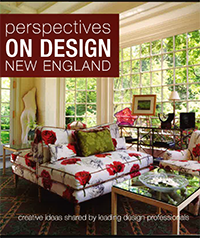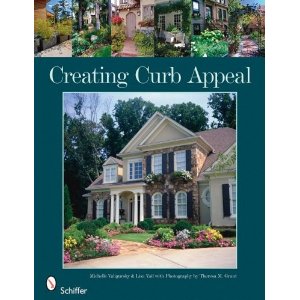Visual Environments for Aging Eyes
When designing living spaces for those with aging eyes (ages 50 plus), there are many important factors to consider to help provide a comfortable space for the occupants. There are several types of vision impairments that are common in elderly men and women caused by Cataracts, Macular Degeneration, Glaucoma, and Diabetic Retinopathy. These problems change the way the eye perceives the environment, with lighting as a key factor.
- Cataracts can cause a scattering effect, extreme sensitivity to glare and also block out some of the light.
- Macular Degeneration affects the part of the eye that perceives detail. Damaged blood vessels can cause “black” areas in the center of the field of vision.
- Glaucoma causes a buildup of pressure in the eye and cuts off nutrients to the retina. This mainly affects the center of the field of vision and causes problems with night vision.
- Diabetic Retinopathy causes bits of the retina to die. It gets worse overtime and can lead to blindness.
There are many ways to improve the lighting in a space designed for those with age-related vision impairments. Positive changes should be made by raising general light levels slightly higher than the average recommended levels. This will create uniformity of light across all surfaces such as walls and ceilings, creating soft, subtle transitions between spaces, and keeping light levels similar within all spaces of the building. Efforts should be made to minimize glare from electric lighting and windows that reflect on glossy floor finishes and other shiny surfaces. These types of finishes should not be used in senior living environments. Use high contrast in color and/or texture to create edges for stairs, doorways, and baseboards. High contrast should also be used for any signage found throughout the building to provide improved wayfinding. Task oriented areas such as kitchens, hobby rooms, and libraries require adjustable lighting placed close to the task, in addition to the room’s general lighting. The beam spread of light should light the surface evenly. A non-glare nightlight or steplight that gives off about .5 foot-candles of warm light onto the floor should be used in main living and hall areas. When specifying light sources for any space for the elderly, it is recommended to stay away from the blue end of the spectrum because it tends to cause more discomfort and glare, and can also interrupt sleeping patterns if exposed to them at night.





